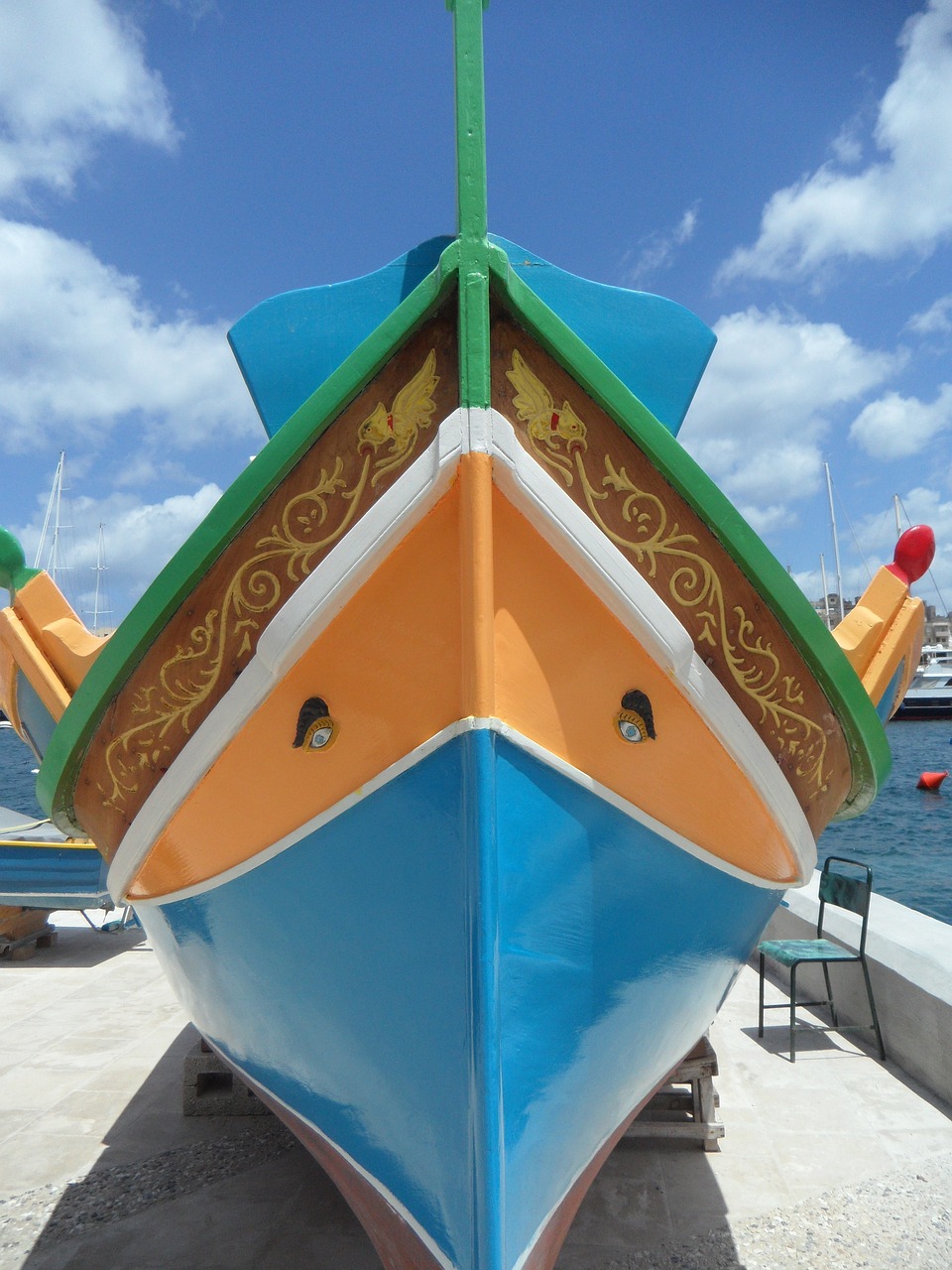Exploring the Underworld Journey
In the realm of the afterlife, the spirit of the departed would encounter a series of divine entities, mythical beings, and guardians as they navigated their way to meet Osiris and enter the Hall of Final Judgment. This critical meeting would offer the deceased a chance to argue for their right to dwell in eternity.
Understanding Osiris
Osiris holds a significant position as both the god and principal judge of the underworld. Additionally, he represents the forces of agriculture and the seasonal inundation of the Nile, symbolizing death, rebirth, and fertility. Ancient Egyptians regarded Osiris as a once-living monarch who had been resurrected after being slain by his sibling Seth. Consequently, he embodied the aspiration for everlasting life that was deeply cherished by the Egyptian society.
The Process of Final Judgment
Upon completing their perilous expedition through the underworld, souls arrived at the Hall of Final Judgment. The process of judgment included two essential phases:
Phase 1: Facing the 42 Divine Judges
In this first stage, the souls stood before a panel of 42 divine judges and asserted their innocence regarding any misdeeds committed during their earthly existence. The guidance provided by the Book of the Dead ensured that they possessed the necessary phrases to succeed in this portion of their trial, even if their lives were not completely blameless.
Phase 2: The Heart-Wieghing Ritual
The second phase is known as the ‘Weighing of the Heart’ rite. Here, the heart of the deceased, viewed as a record of their earthly actions, was balanced against the feather of the goddess Ma’at. This feather, symbolizing truth and justice, served to ascertain the moral standing of the deceased. If the heart proved heavier than the feather, it would face a grim fate, devoured by Ammut, the ‘Devourer’, leading the soul into eternal darkness. In contrast, if the scales remained balanced, the soul would have successfully passed the test and would then stand before Osiris, who would embrace them into the afterlife. For those wary about this ordeal, there existed a spell—usually the renowned Spell 30B from the Book of the Dead—inscribed upon a heart scarab amulet to safeguard against any ‘betrayal’ of their own heart.
Life After Judgment
Existence in the Field of Rushes mirrored the life the deceased had left behind, complete with azure skies, flowing rivers, and boats for navigational ease. The afterlife featured deities to honor, as well as fields needing cultivation and harvesting. Each soul was awarded a piece of land in this verdant expanse, where they were responsible for its upkeep, either through their own labor or via the help of shabtis, small figurines designed to assist in agriculture. These statuettes were frequently equipped with tools and often overseen by a foreman, a role introduced after approximately 1000 BCE, distinguished by the flail they carried instead of farming implements.



